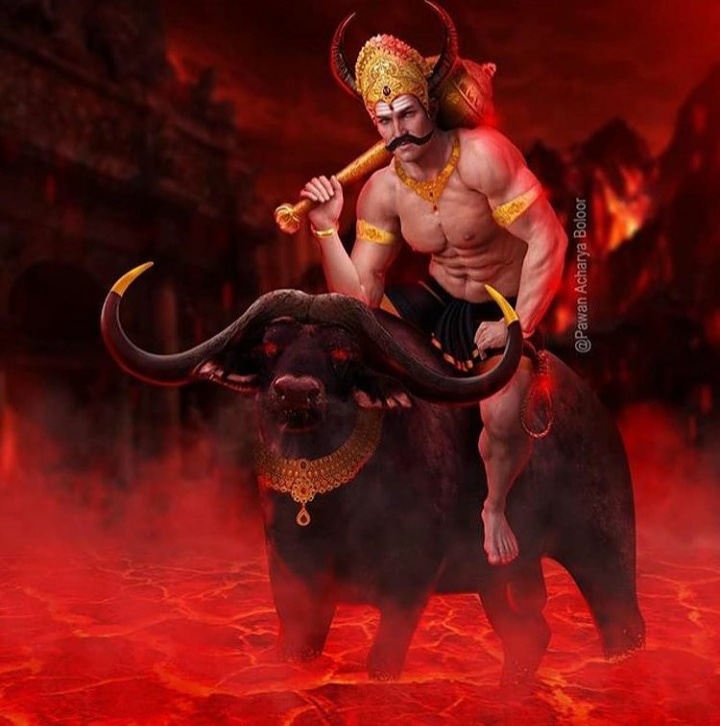BASIS OF VEDAS COMPILATION.
The deeds or kriyas mentioned in the Vedas is indestructible, but the tradition of Yagya's should not be discontinued. Vedas are the writings of the observations made by the ancient sages.
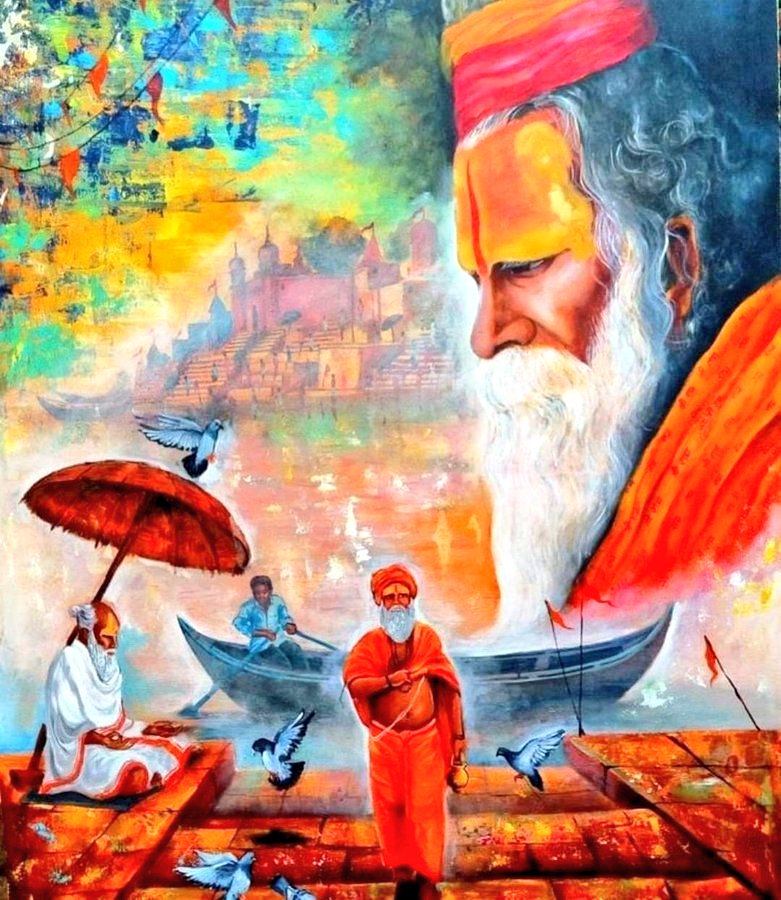
1. In Rig Ved we mostly find the mantras pertaining to Yagya which can be sung for the worldly good and benefit. Also the importance of Priest emerged from here.
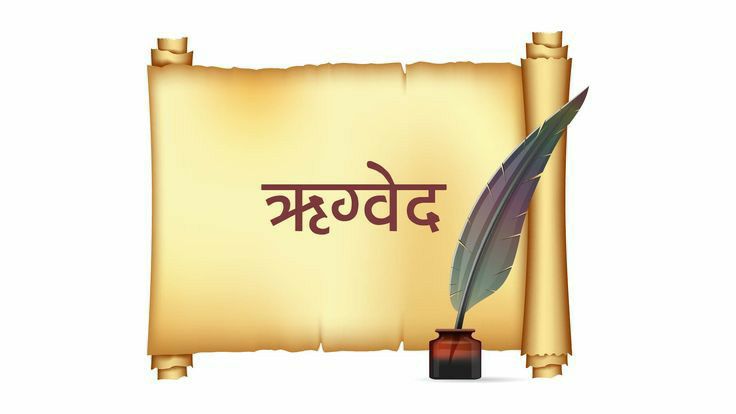
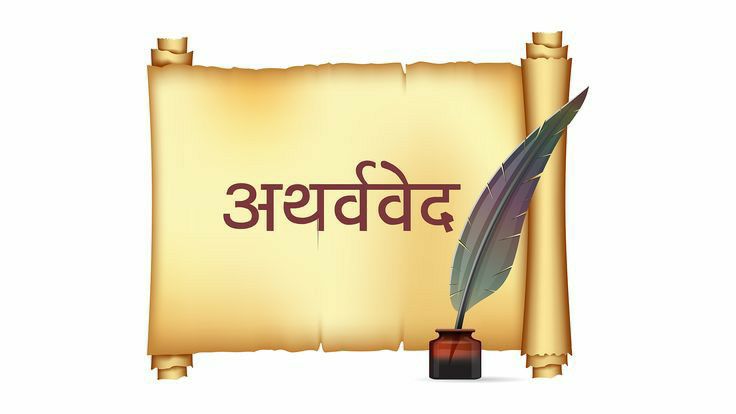
Thereafter a long tradition of sages followed. In this tradition we find Rishi Yagyavalka who was one of the

Reason behind division of Vedas in 4 parts as per Bhagwat puran\U0001f447
— Anshul Pandey (@Anshulspiritual) June 29, 2020
\u0915\u094d\u0937\u0940\u0923\u093e\u092f\u0941\u0937\u0903 \u0915\u094d\u0937\u0940\u0923\u0938\u0924\u094d\u0924\u094d\u0935\u093e\u0928\u094d \u0926\u0941\u0930\u094d\u092e\u0947\u0927\u093e\u0928\u094d \u0935\u0940\u0915\u094d\u0937\u094d\u092f \u0915\u093e\u0932\u0924\u0903\u0964
\u0935\u0947\u0926\u093e\u0928\u094d \u092c\u094d\u0930\u0939\u094d\u092e\u0930\u094d\u0937\u092f\u094b \u0935\u094d\u092f\u0938\u094d\u0928\u094d \u0939\u0943\u0926\u093f\u0938\u094d\u0925\u093e\u091a\u094d\u092f\u0941\u0924\u091a\u094b\u0926\u093f\u0924\u0903\u0964\u0964
\u091c\u092c \u092c\u094d\u0930\u0939\u094d\u092e\u0935\u0947\u0924\u094d\u0924\u093e \u090b\u0937\u093f\u092f\u094b\u0902 \u0928\u0947 \u0926\u0947\u0916\u093e \u0915\u0940 \u0938\u092e\u092f \u0915\u0947 \u092b\u0947\u0930 \u0938\u0947 \u0932\u094b\u0917\u094b\u0902 \u0915\u0940 \u0906\u092f\u0941,\u0936\u0915\u094d\u0924\u093f \u0914\u0930 \u092c\u0941\u0926\u094d\u0927\u093f \u0915\u094d\u0937\u0940\u0923 \u0939\u094b \u091c\u093e\u0924\u0940 \u0939\u0948,
1/3 pic.twitter.com/JQcgda1SKZ
More from Anshul Pandey
It was actually the shakti form of devi which took birth as Sati in Daksh's house who acquired this name due to her satya swarup.
Everyone is aware of the story as to why Sati jumped into the Yagya fire.
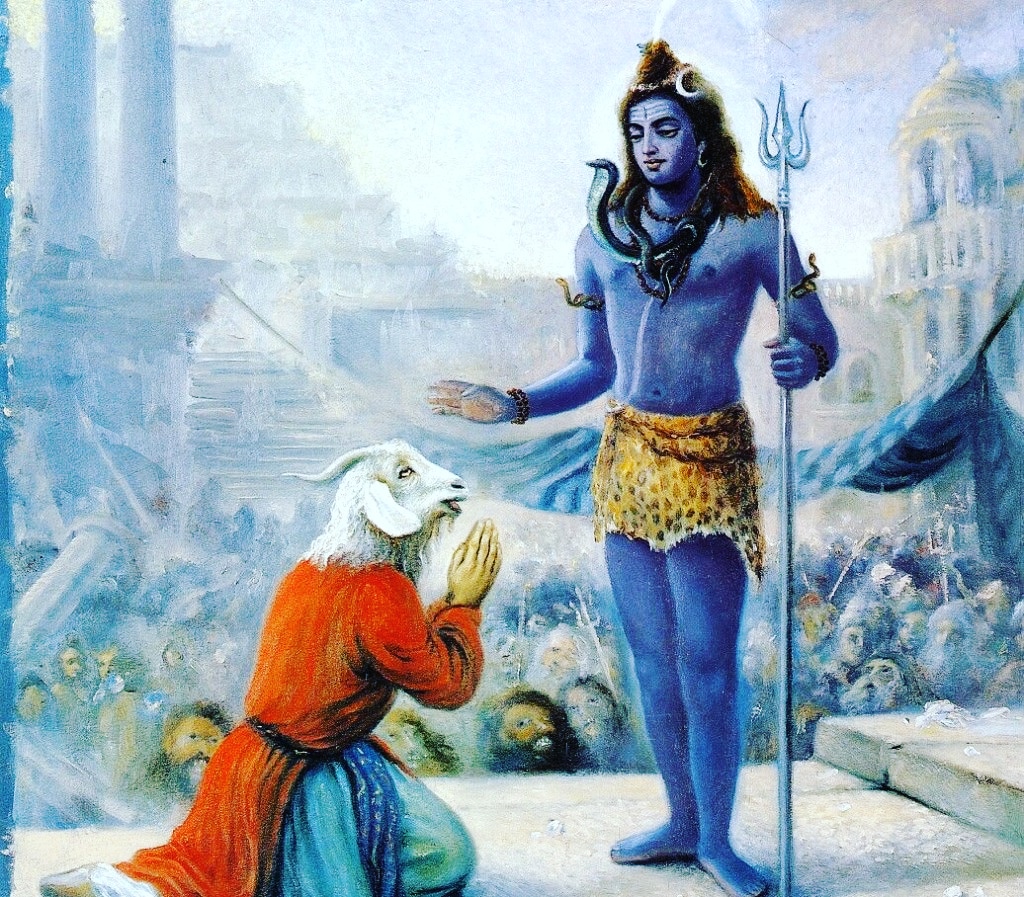
But there is a story behind the reason for the negative behaviour of Daksh.
It so happened that once Rishi Durvasa went to Devi Jambunadeshwari and after her darshan recited the Mayabeej mantra. The devi happily gave him a divine Garland. Durvasa happily accepted it and left.
On his way he met Daksh who was eager to get the divine Garland. He requested the Rishi to give him that Garland. Knowing that Daksh was a good person, Durvasa gave the garland to him.
But Daksh casually kept the garland on his bed and went about doing his earthly instinctive work. Due to this insulting behaviour of Daksh for the divine garland, he developed a negative feeling for Shiva and Sati(Aadi Shakti).
Source - Devi puran
Instagram link👇
https://t.co/papGLZvcaI
More from Religion
You May Also Like
Legacy site *downloads* ~630 KB CSS per theme and writing direction.
6,769 rules
9,252 selectors
16.7k declarations
3,370 unique declarations
44 media queries
36 unique colors
50 unique background colors
46 unique font sizes
39 unique z-indices
https://t.co/qyl4Bt1i5x

PWA *incrementally generates* ~30 KB CSS that handles all themes and writing directions.
735 rules
740 selectors
757 declarations
730 unique declarations
0 media queries
11 unique colors
32 unique background colors
15 unique font sizes
7 unique z-indices
https://t.co/w7oNG5KUkJ

The legacy site's CSS is what happens when hundreds of people directly write CSS over many years. Specificity wars, redundancy, a house of cards that can't be fixed. The result is extremely inefficient and error-prone styling that punishes users and developers.
The PWA's CSS is generated on-demand by a JS framework that manages styles and outputs "atomic CSS". The framework can enforce strict constraints and perform optimisations, which is why the CSS is so much smaller and safer. Style conflicts and unbounded CSS growth are avoided.


























